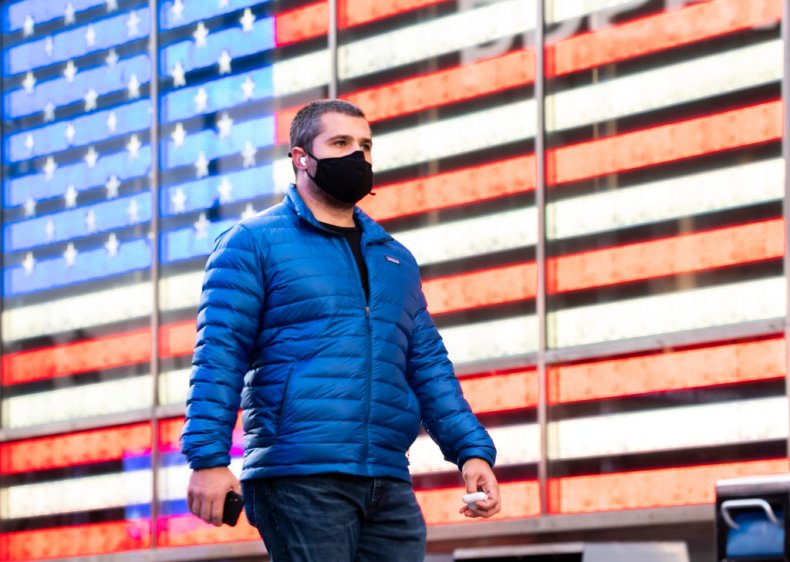The spread of several different variations of the COVID-19 infection positions “a really real danger to our people and our development” and could activate “a potential fourth surge of cases” in the U.S., the head of the Centers for Illness Control and Prevention ( CDC) has warned.
Dr. Rochelle Walensky has advised the public to continue adhering to procedures that limit the spread of COVID-19, consisting of wearing a mask, social distancing, washing your hands and getting immunized.
Many different variations of COVID-19 are spreading out in the U.S., however 3 in particular– B. 1.1.7, B. 1.351 and P. 1– are triggering genuine concern. They share a particular mutation called D614 G, which gives them the capability to spread out faster than other variants.
The B. 1.1.7 variant, which was first identified in the U.K. in September 2020, was discovered in the U.S. for the first time at the end of December.
Some 2,400 infections including the B. 1.1.7 variation have actually been reported in the U.S. across 46 states, according to CDC data, but the true number is likely to be considerably greater.
The CDC anticipates the B. 1.1.7 variant to become the dominant kind of the virus in the U.S. by the end of this month
The B. 1.351 variation was very first identified in South Africa in October 2020, and was reported in the U.S. for the very first time at the end of January 2021.
Some 53 infections including the B. 1.351 variation have been reported in the U.S. across 16 states, according to CDC data, but initial tests have recommended that the Moderna and Novavax vaccines may be less effective against it.
Professionals are, however, hopeful that existing vaccines will still use protection from serious disease triggered by B. 1.351, and booster shots against the variation are likewise in advancement.
The P. 1 variant, which was very first identified in 4 tourists from Brazil to Japan in early January, was reported for the very first time in the U.S. in late January.
Ten infections including this variation have actually been reported in the U.S. throughout 5 states, according to CDC information, and there is evidence to recommend that a few of the anomalies in the P. 1 version may affect the ability of antibodies to recognize and neutralize the infection.
While the B. 1.1.7, B. 1.351 and P. 1 variations are more infectious, there is no proof yet to suggest that they trigger more serious health problem.
Nevertheless, as a report released by the CDC on January 15, explains, “a higher rate of transmission will result in more cases, increasing the variety of persons overall who require medical care, exacerbating the problem on a currently strained healthcare system, and resulting in more deaths.”
Additional new variants are believed to have actually stemmed in New York (B. 1.526) and California (B. 1.427/ B. 1.429), and even more brand-new versions will likely be spotted with time.
The COVID-19 virus is constantly altering through anomaly, and researchers are using a procedure called genomic sequencing to decipher the variants, with the objective of comprehending how they progress, how their anomalies assist them to spread, how the illness they cause varies from that caused by other versions, and the results they might have on existing vaccines and tests.

Noam Galai/Getty Images
No comments:
Post a Comment